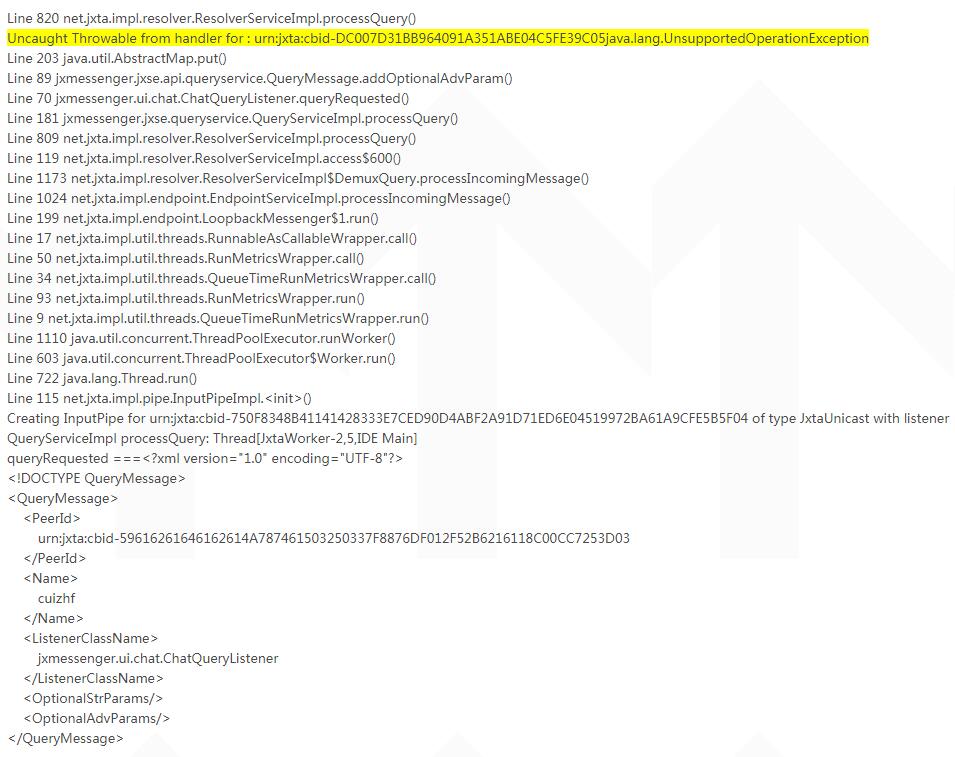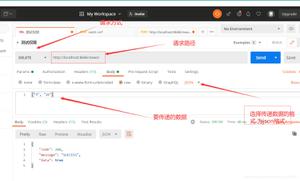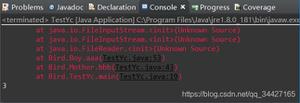Java Collections.EMPTY_LIST与Collections.emptyList()的区别
Collections.EMPTY_LIST与Collections.emptyList()的区别
Collections.EMPTY_LIST返回的是一个空的List。为什么需要空的List呢?有时候我们在函数中需要返回一个List,但是这个List是空的,如果我们直接返回null的话,调用者还需要进行null的判断,所以一般建议返回一个空的List。
Collections.EMPTY_LIST返回的这个空的List是不能进行添加元素这类操作的。这时候你有可能会说,我直接返回一个new ArrayList()呗,但是new ArrayList()在初始化时会占用一定的资源,所以在这种场景下,还是建议返回Collections.EMPTY_LIST。
Collections. emptyList()返回的也是一个空的List,它与Collections.EMPTY_LIST的唯一区别是,Collections. emptyList()支持泛型,所以在需要泛型的时候,可以使用Collections. emptyList()。
Collections.EMPTY_MAP和Collections.EMPTY_SET同理。
Collections.EMPTY_LIST的实现代码
/**
* The empty list (immutable). This list is serializable.
*
* @see #emptyList()
*/
@SuppressWarnings("unchecked")
public static final List EMPTY_LIST = new EmptyList<>();
Collections. emptyList()的实现代码
/**
* Returns the empty list (immutable). This list is serializable.
*
* <p>This example illustrates the type-safe way to obtain an empty list:
* <pre>
* List<String> s = Collections.emptyList();
* </pre>
* Implementation note: Implementations of this method need not
* create a separate <tt>List</tt> object for each call. Using this
* method is likely to have comparable cost to using the like-named
* field. (Unlike this method, the field does not provide type safety.)
*
* @see #EMPTY_LIST
* @since 1.5
*/
@SuppressWarnings("unchecked")
public static final <T> List<T> emptyList() {
return (List<T>) EMPTY_LIST;
}
使用Collections.emptyMap()引起的一个奇怪的问题
以下是控制台信息

第二行是很不起眼的一条异常信息,不知为何没有把整个错误堆栈输出。
一开始没有注意到这条异常信息,于是设断点,调试,结果每次执行几句就莫名其妙地转入ThreadPoolExecutor中执行。
最后注意到上面的异常信息后,发现对一个类型为Map的成员变量初始化有问题:
protected Map<String, String> optionalStrParams = Collections.emptyMap();
如此修改:
protected Map<String, String> optionalStrParams = new HashMap<String, String>();
我的本意是初始化为一个空的Map,EmptyMap在此场景下不合适。
EmptyMap的背景
在某些情况下,我们经常需要发挥一个空的集合对象,比如说在数据查询时,并不需要发挥一个NULL或是异常,那么就可以返回一个空的集合对象。
以上为个人经验,希望能给大家一个参考,也希望大家多多支持。
以上是 Java Collections.EMPTY_LIST与Collections.emptyList()的区别 的全部内容, 来源链接: utcz.com/p/250763.html









